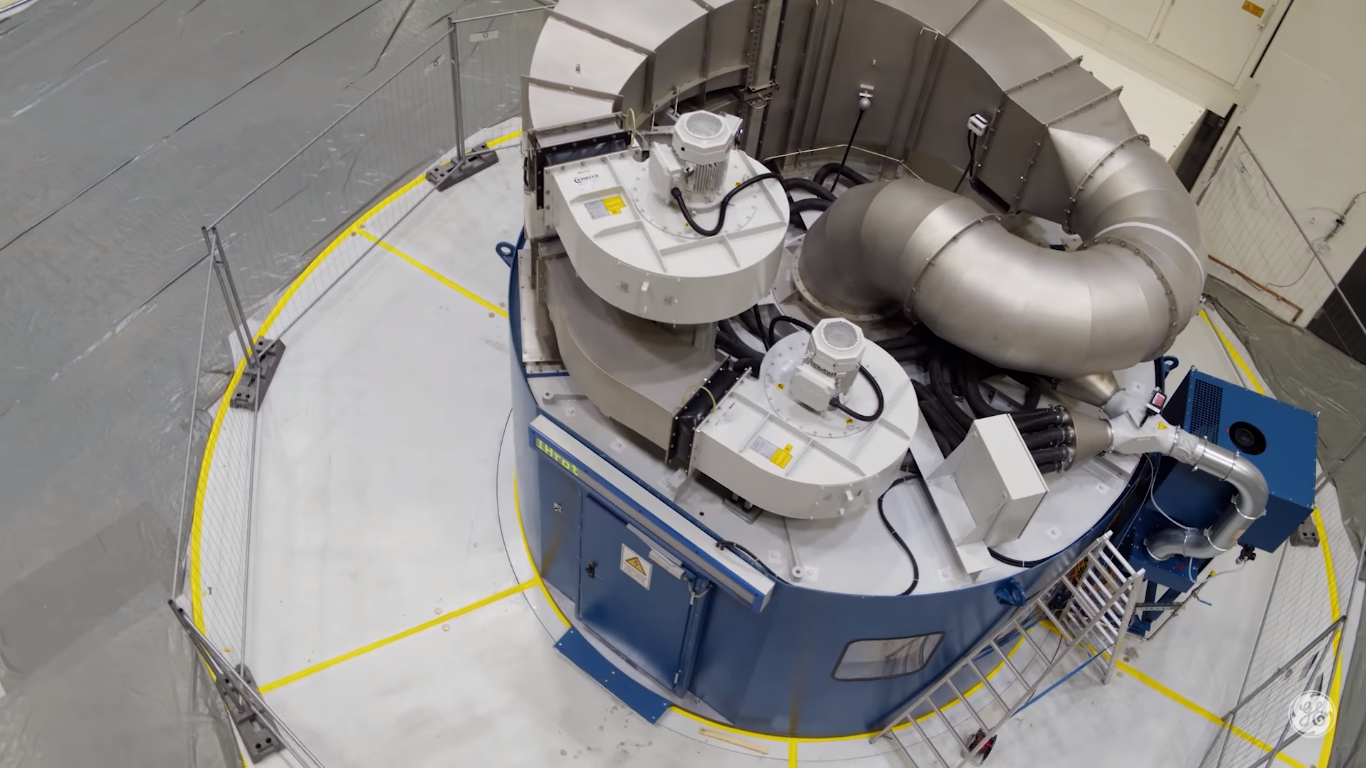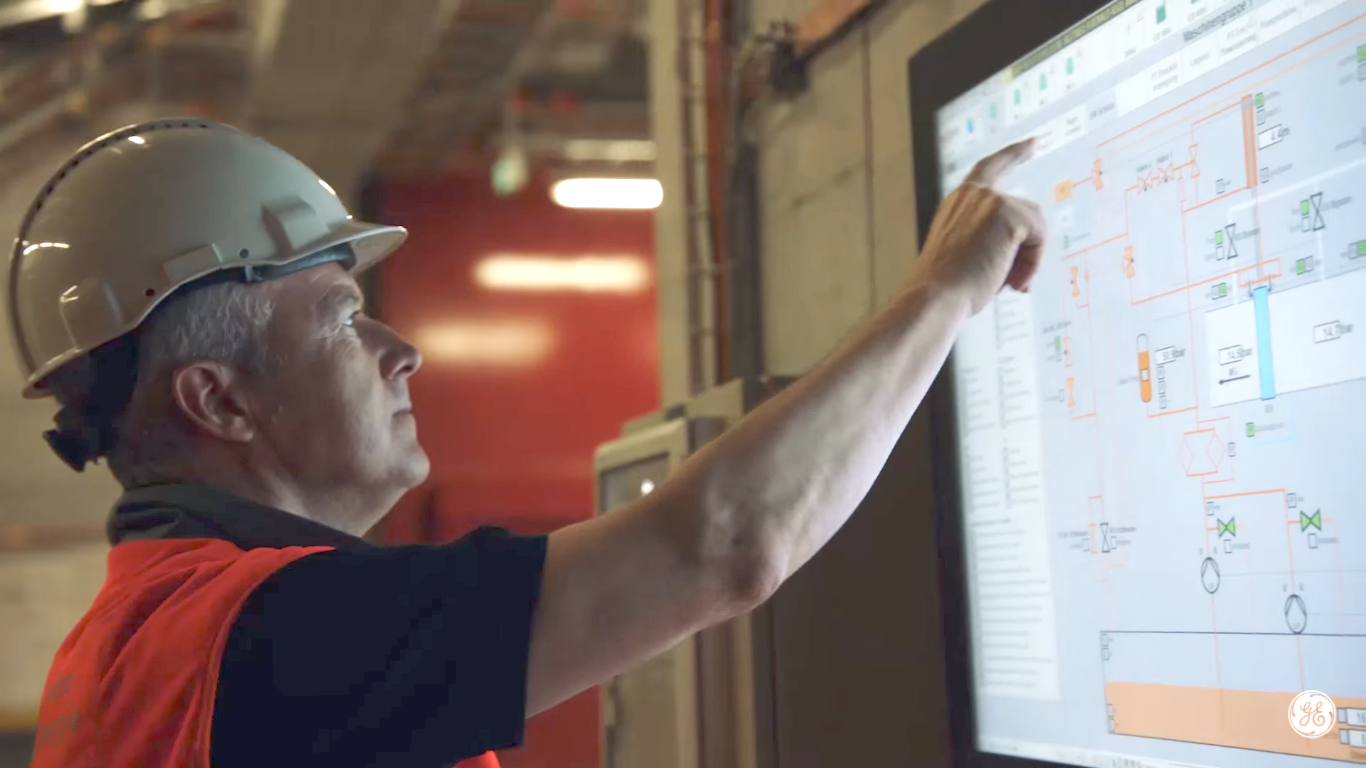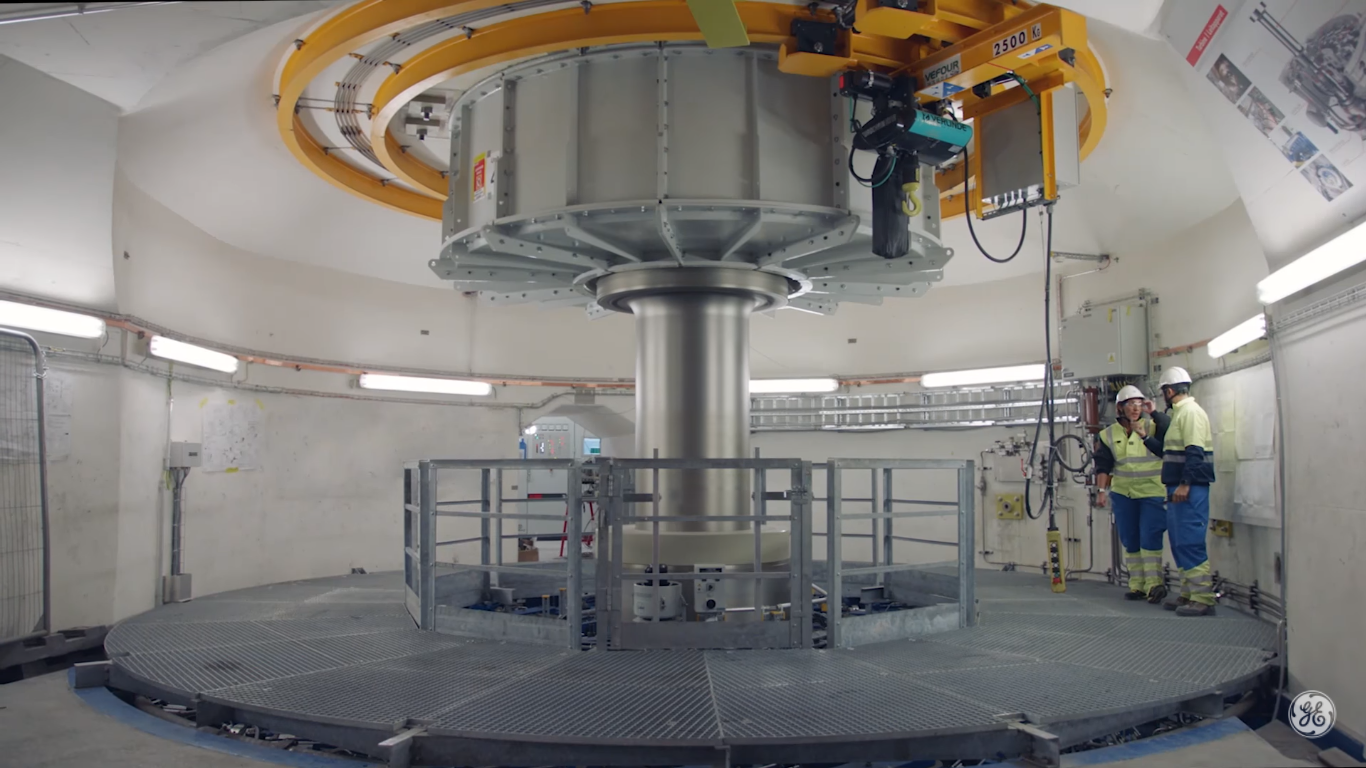Findings influence new stator designs
Working with Thomas Lugand and Alexander Schwery from GE Renewable Energy, Lode Vandenbossche and Sigrid Jacobs from ArcelorMittal Global R&D discovered that some manufacturing processes can impact a machine’s performance. “These include punching of the electrical steel’s laminations, and applying stresses on the lamination stacks during machine production,” notes Sigrid Jacobs. “These processes can impact the torque and efficiency of the machine.”
“Cooperating with a raw material supplier was a new approach for us,” says Olivier Basset. “With the assistance of ArcelorMittal Global R&D, we gained a comprehensive understanding of the origin of losses in the stators of our hydroelectric machines. It will help us enhance our design and ArcelorMittal has become a strategic partner as a result.”
As a strategic partner, GE Renewable Energy has high expectations from ArcelorMittal as Olivier Basset explains: “We are looking forward to 2018 and expect that we can continue to rely on ArcelorMittal’s quality offer and improved delivery performance.”



















